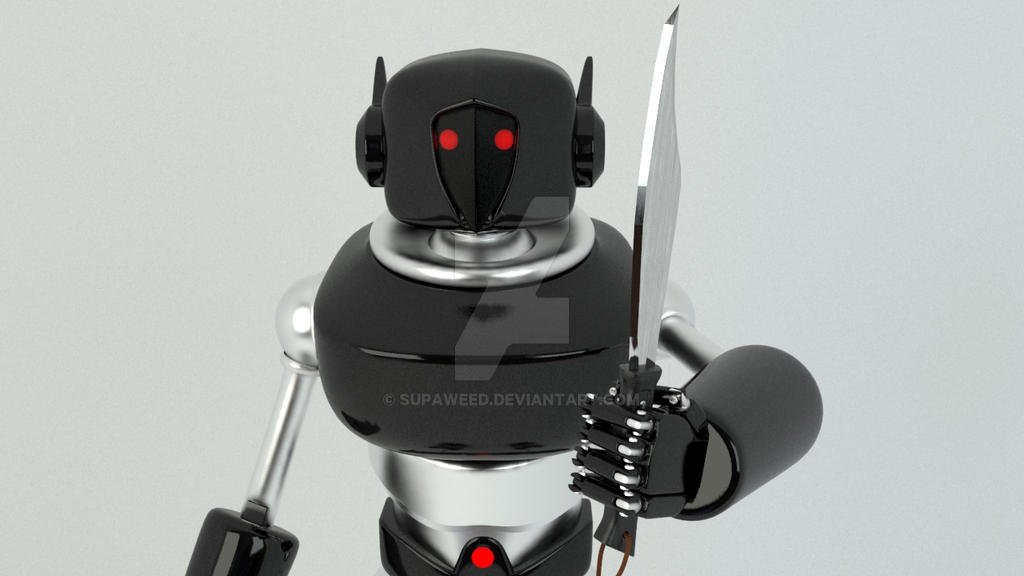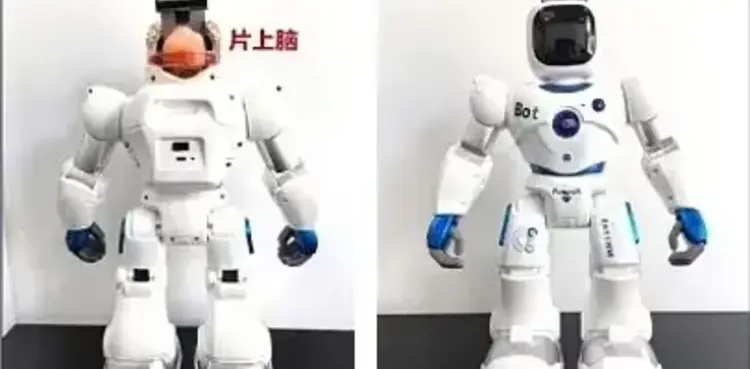
The answer to “can robots kill humans?” is increasingly important in developing technology. With robots’ increasing presence in many industries, it would only be proper to really think about the possibilities of potential risks and how to implement safety features. This article looks through scenarios involving harm caused by robots, theoretical risks of weaponized robots, and measures to mitigate such dangers.
Can Robots Kill Humans? Historical Incidents of Robots Causing Harm
Although the idea of robots killing humans through malice is strictly the realm of science fiction, there are some incidents in real life where robots killed humans. The first ever reported incident occurred in 1979 at a Ford Motor plant in Michigan, wherein the arm of a factory robot struck and killed a worker. Another tragic incident took place at a Volkswagen factory in Germany in the year 2015 when a robot crushed a worker against a metal plate.
These incidents underline the necessity for stringent safety measures around robots at work, and the danger robots can present to flesh and blood. But they were both accidents rather than attempts to harm humans. These two distinct points raise a far more challenging and disturbing question—one which gets to the heart of science fiction’s darkest visions—can robots kill humans if only programmed or ordered to do so?
Theoretical Scenarios of Weaponized Robots
Imagine a person instructing a robot to pick up a gun and shoot somebody. In theory, a robot equipped with sophisticated artificial intelligence and corresponding physical capabilities could follow the charge. The ethical and legal dimensions of these actions are deep. In that direction, the programming of robots in such actions raises significantly the problems of accountability and control.
Suppose a robot is passed a knife and told to stab a person. The robot could well end up doing that if it is programmed to carry out instructions blindly without interposing any judgment concerning their morality. Actually, the more advanced robots might still be programmed, or even taught, to identify and pick up weapons autonomously, further escalating the risks.
The Role of AI and Machine Learning
Artificial intelligence and machine learning form the core of the way robots operate and make decisions. If AI can empower a robot to perform so many complex tasks, it really is risky in case it falls into the wrong hands. For example, if the aim is to have the robot act to defend property, it might kill intruders. In these regard, it becomes very important to make sure that the robot can differentiate between somebody who isn’t going to do any damage and somebody who really does pose a threat to safety.
Mitigating the Risks
The question “can robots kill humans?” requires a number of steps that need to be taken to answer in the negative and to mitigate potential risks:
- Robust Ethical Guidelines: This is where developing and implementing ethical guidelines that preside over the development of AI and robotics become paramount. Such guidelines should have provisions that strictly forbid programming robots to harm humans.
- Fail-Safe Mechanisms: Inclusion of fail-safe mechanisms in the robot to prevent the execution of harmful commanding is necessary. Those might create emergency shutdown procedures, human supervision, etc.
- Accountability Frameworks : Accountability frameworks for manufacturers, programmers, and operators are clearly outlined to hold them liable for their actions.
- Continuous Monitoring and Testing: Regular monitoring and testing of the robot for different scenarios may be able to find out the vulnerabilities and correct them beforehand.
Conclusion
Although the prospect of robots killing humans purposely is still largely theoretical, one cannot flatly say that the question “can robots kill humans?” can be rejected. History has witnessed a number of accidental harming instances, reflecting latent dangers in the rapid growth of AI and robotics.
Proper implementation of safety measures and codes of ethics, along with strict application of safety and ethics standards, accompanied by well-defined guidelines, fail-safe mechanisms, and accountability frameworks, shall reduce the risk factor and ensure that these robots do function to serve humanity safely and beneficially.
That is to say, in order to solve such complex issues and take precautions against the possible misuse of robots in the future, fruitful dialogue and collaboration between technologists, ethicists, and other policymakers will play an important role.
Also, see:
Yango celebrates a year of transformative operations in Pakistan
